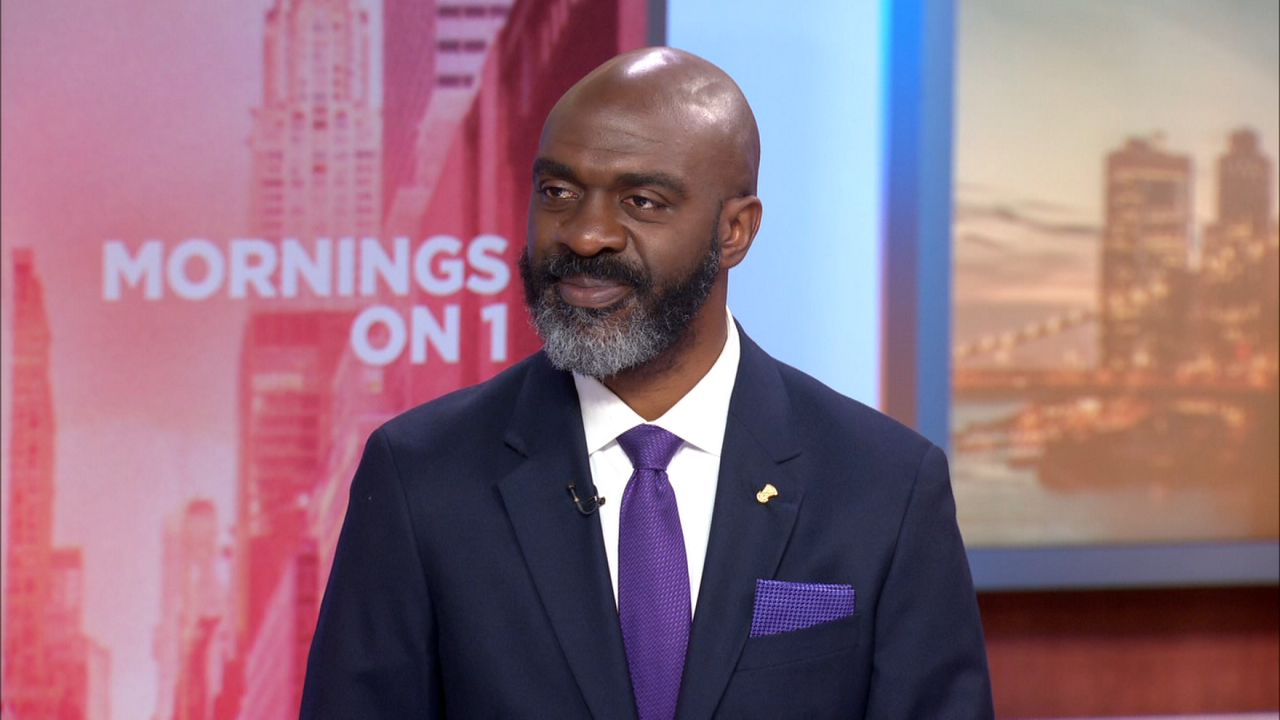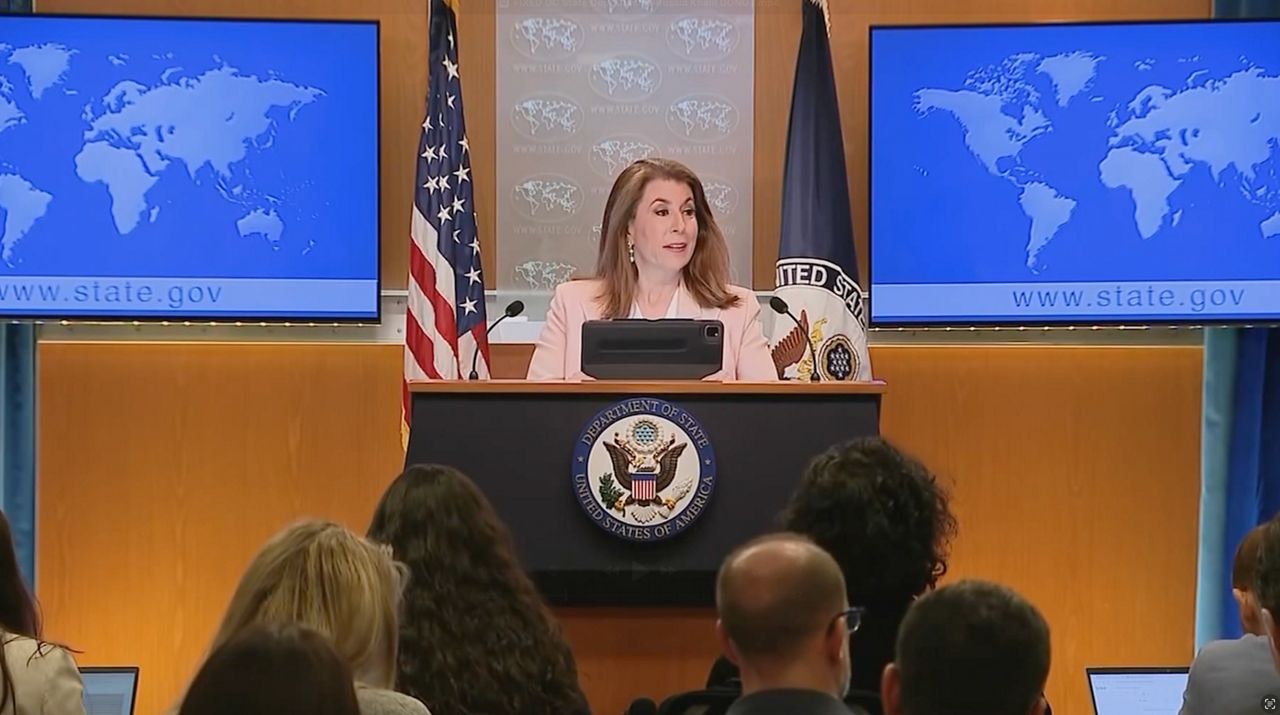Thousands of migrants have come to New York City since the summer of 2022.
Many of those who have arrived seeking asylum are coming from Venezuela. NY1 talked to one family about their harrowing journey.
On a recent early morning in Brooklyn, the family of four Venezuelans woke up to start their day.
Clara, her husband Jose and their two children, 5-year-old Dylan and 10-year-old Antonella, are among the more than 65,000 migrants currently in the city’s care, living in a shelter in Brooklyn.
When NY1 caught up with them, they were dropping their kids off at the bus stop for school.
After waving goodbye to her kids, Clara walked over to her local bodega for a coffee and then was off to grab her own bus to work.
Clara recently started a cleaning job in Sheepshead Bay. She needs to be there at 9 a.m. This journey is much different than the one her family made to the U.S. The family left everything behind in April of this year.
It was Clara who made the decision and her husband, though hesitant, joined her. The family entered through the small town of Capurgana in Colombia.
At the beginning of the trip, Clara and Jose hit their first challenge when they had no money to even enter the jungle. Clara and Jose began to panic, but relied on their faith to stay optimistic.
“Oh my God, I gave my journey to the Lord from the moment we left. I gave my journey to the Lord,” Clara said as she recounted the frightening moment.
The journey through the jungle was challenging. At times, they would eat only once a day.
“For the most part, we got together with other families. I would put the rice, you put that, another person would put that, and we would combine the little food we could and only eat once a day,” Clara said about how the family figured out creative ways to eat.
When the family began to run out of food and needed money, Jose volunteered, doing manual labor in order to get the family out.
In Panama, the family hit another roadblock: Jose fell ill. He drank water from the river. He laid on the ground for three days without eating, drinking or moving.
“Every person I saw with a vest with something to do with the government, I would start talking to them. Show them and bring them to where he was laying down and ask them to help me,” Clara said.
Jose eventually recuperated, and the family was able to cross through Costa Rica, Nicaragua, Honduras and Guatemala.
By June, they were in Mexico City. They stayed there for 15 days, living at the North Central Bus Station trying to save enough money to get to Juarez.
Eventually, the family rode on "La Bestia," or “the Beast,” the risky freight train that many migrants used to travel to the U.S.-Mexico border. The family spent three days freezing on the train.
At the end of June, they finally made it to the Texas border. They stood in line for hours before turning themselves into Customs and Border Protection.
Fast forward five months later, Jose is picking up his kids from the bus stop. Antonella said life in the city is much different than before.
“There is no food, there’s no money, there’s barely anything over there. Here, my dad can work and we can buy food,” Antonella said.
Jose is learning to adjust to life in the big city. He works part-time delivering food on a moped he borrowed from a friend.
“When I can, I make like $300 a week or $200. It all depends. There are days I don’t work because the kids come home early, or they get out late,” Jose said.
Clara and Jose now have different dreams. They want to get legal status in the U.S. and then move their family over. For their kids, they want the American dream.
“For my two kids, I’d like for them to speak English, that they get used to living here. To the climate. To the climate really and living here. That they adapt to the culture here, it’s very different from the culture in Venezuela. That they practically become a person from here,” Clara said.
For now, at least, they have each other.








